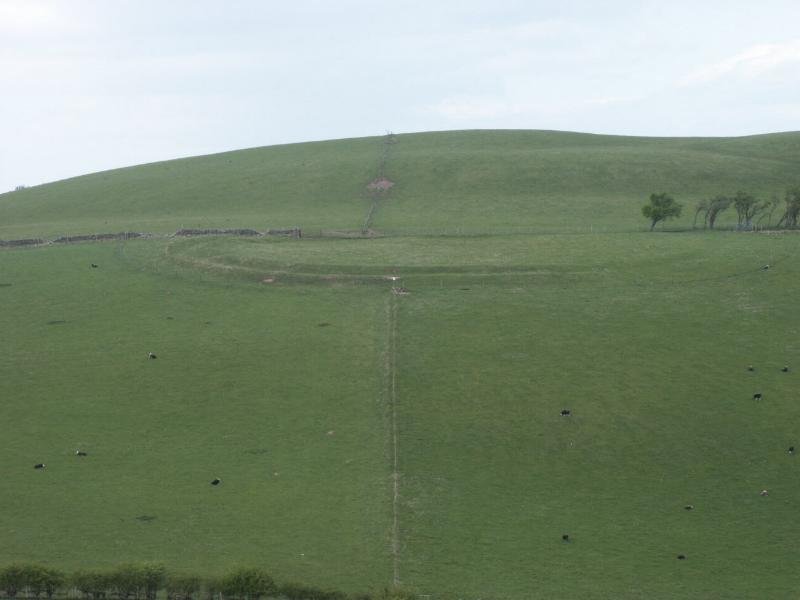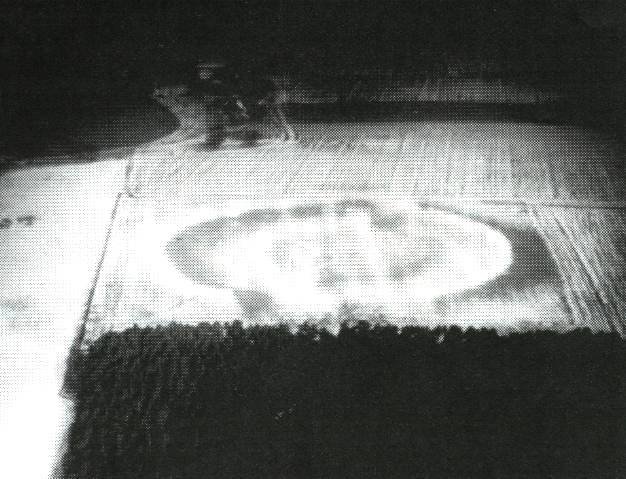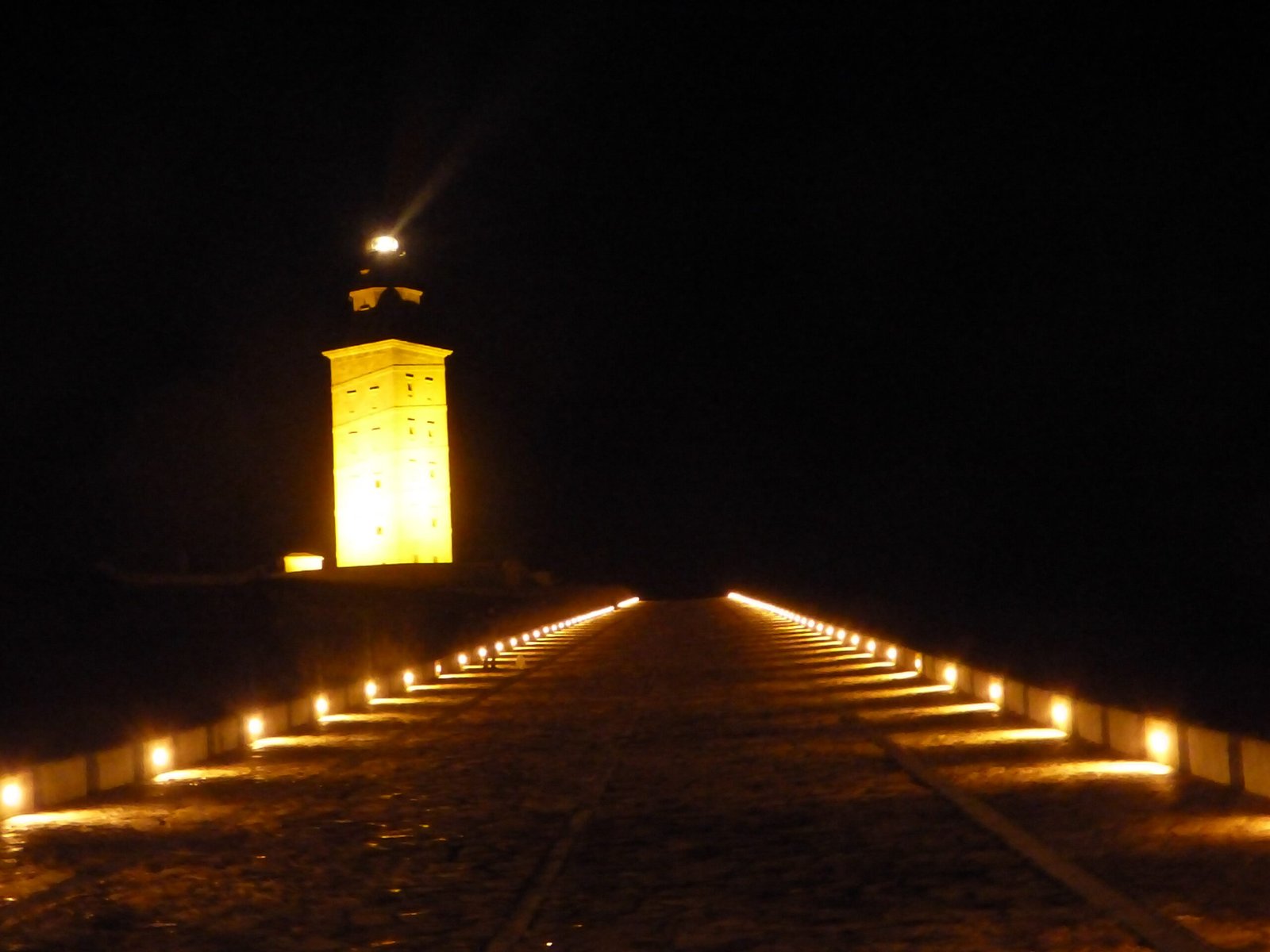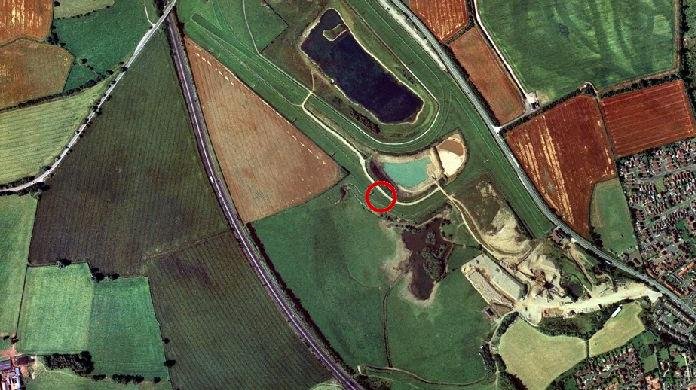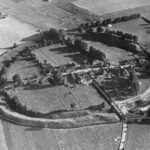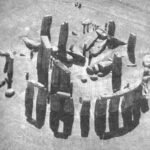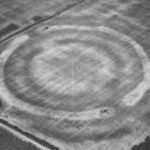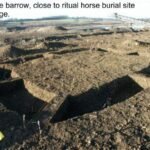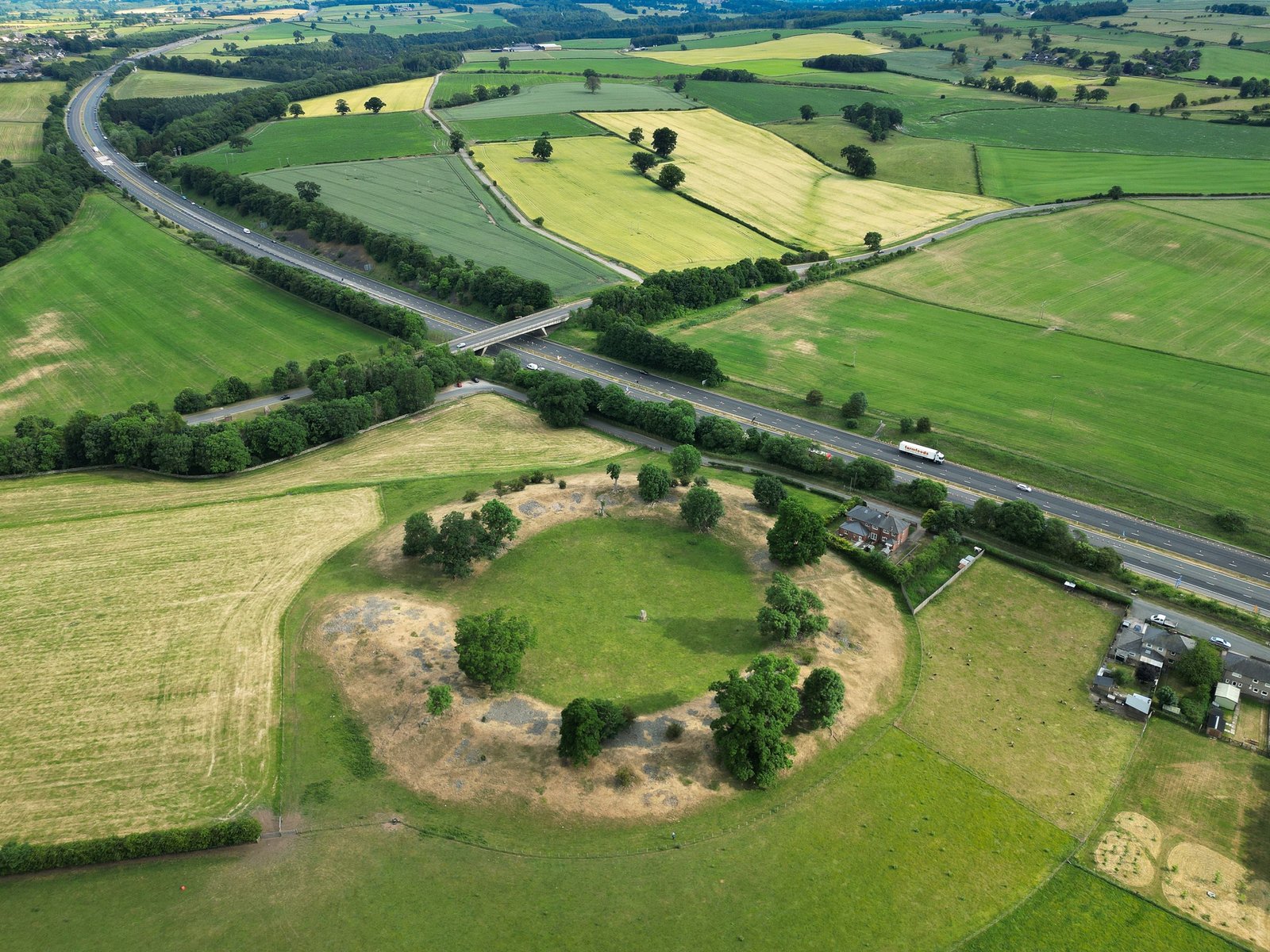
Mayburgh Henge is a remarkable prehistoric monument located near Eamont Bridge in Cumbria, England. It consists of a massive circular bank of river cobbles, enclosing a flat area with a single standing stone near the centre. The bank has no ditch and measures about 117 metres in diameter and up to 4.6 metres in height.
The standing stone is about 2.7 metres tall and may have been part of a group of four stones that once stood in the middle of the henge (Pennant, 1769). There may have also been another four stones at the entrance of the henge, as well as an outer circle of stones around the bank (Hutchinson, 1773). However, these stones have been removed or destroyed over time, leaving only the solitary monolith as a witness to the past.
The henge dates from the late Neolithic or early Bronze Age, probably between 3000 and 2000 BC. It is one of a pair of henges in Eamont Bridge, along with King Arthur's Round Table, which is about 400 metres away. Both henges are situated near a natural spring and close to the confluence of the rivers Eamont and Lowther, which may have been important factors in their location and significance. The henges are also part of a wider landscape of prehistoric monuments in the area, including stone circles, Cairns and standing stones along the main communication routes of the time (Clare, 2007).
The purpose and function of Mayburgh Henge are not fully understood, but it may have been a ceremonial centre or a meeting place for different groups of people. It may have also had astronomical or cosmological associations, as the entrance of the henge is aligned to the midsummer sunrise and the centre stone may have marked the southernmost position of the moon (Burl, 2005). The henge is now in the care of English Heritage and is a Scheduled Ancient Monument. It is open to the public and can be accessed from a car park at Eamont Bridge.
'Mayburgh is a large and impressive Neolithic henge. Its banks stand up to three metres high, constructed of pebbles collected from the nearby river.Near the centre is a single standing stone. Old drawings suggest that it was one of a group here, with two more pairs standing at either entrance, but they have since been removed.' - From English Heritage site pageThis shows the erosion and the underlying (pebble) structure of the bank, so it was a really monumental task to build this and that's why it stands out in the henge movement, it is not earthen built like most. - Lee Walker
References






